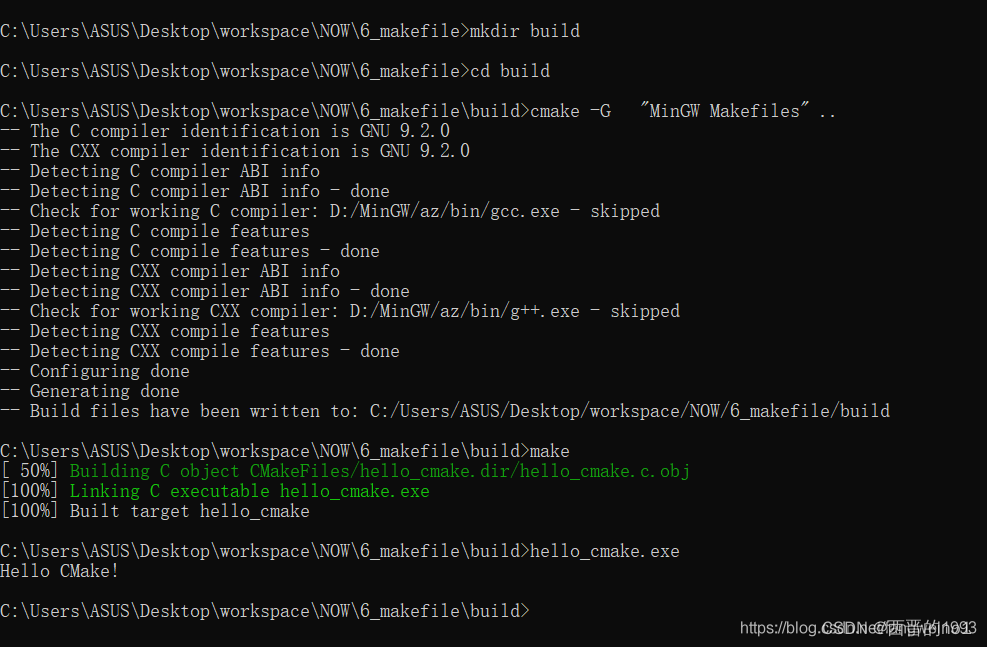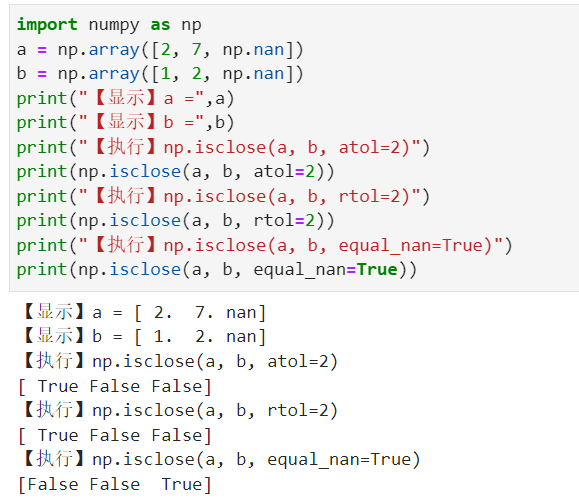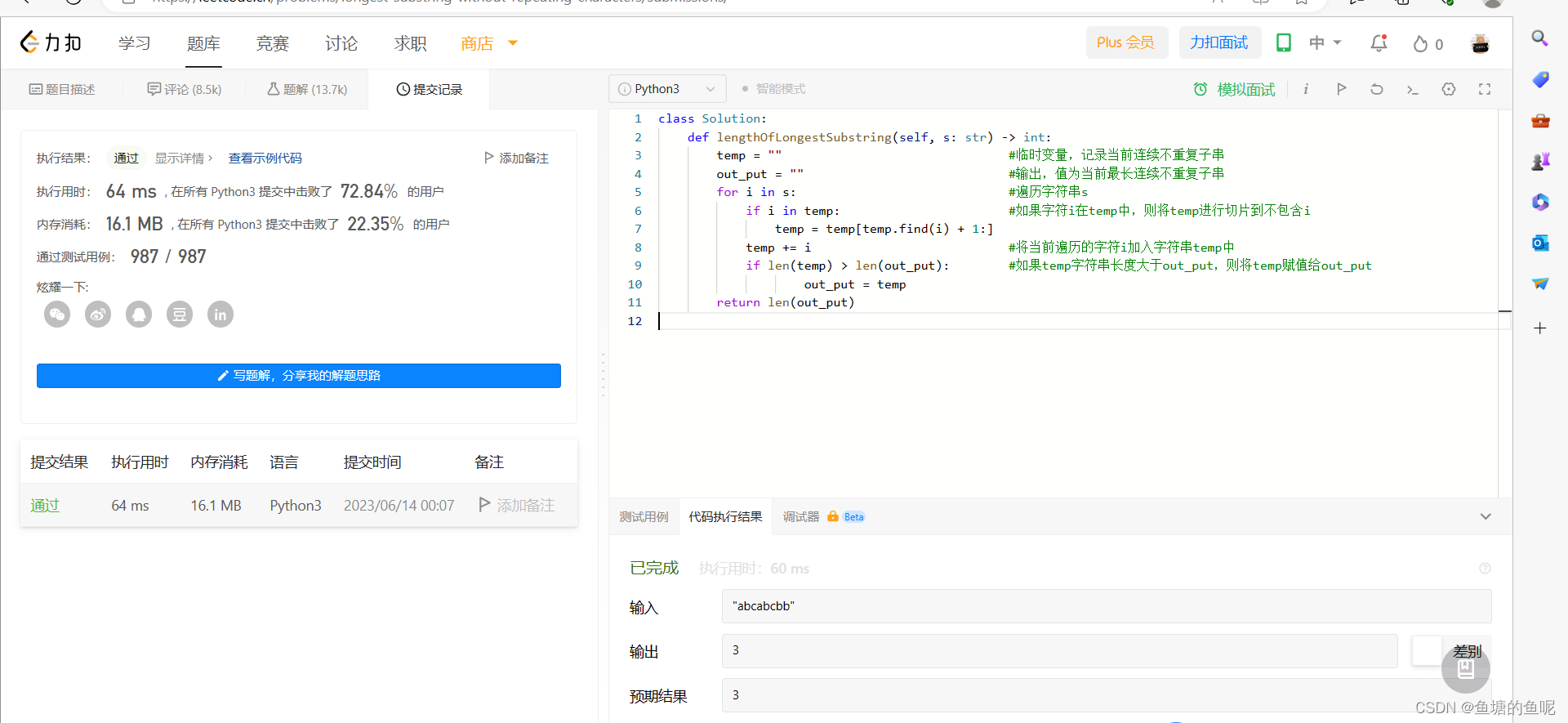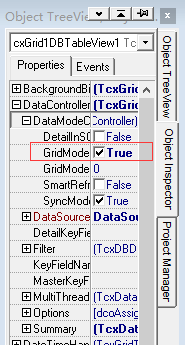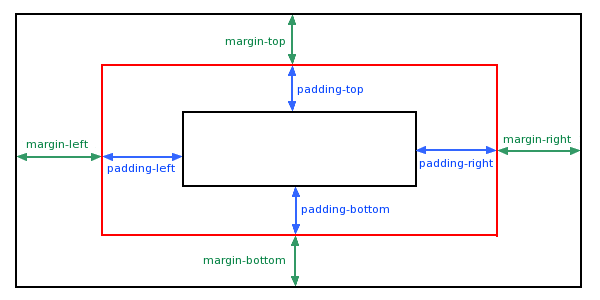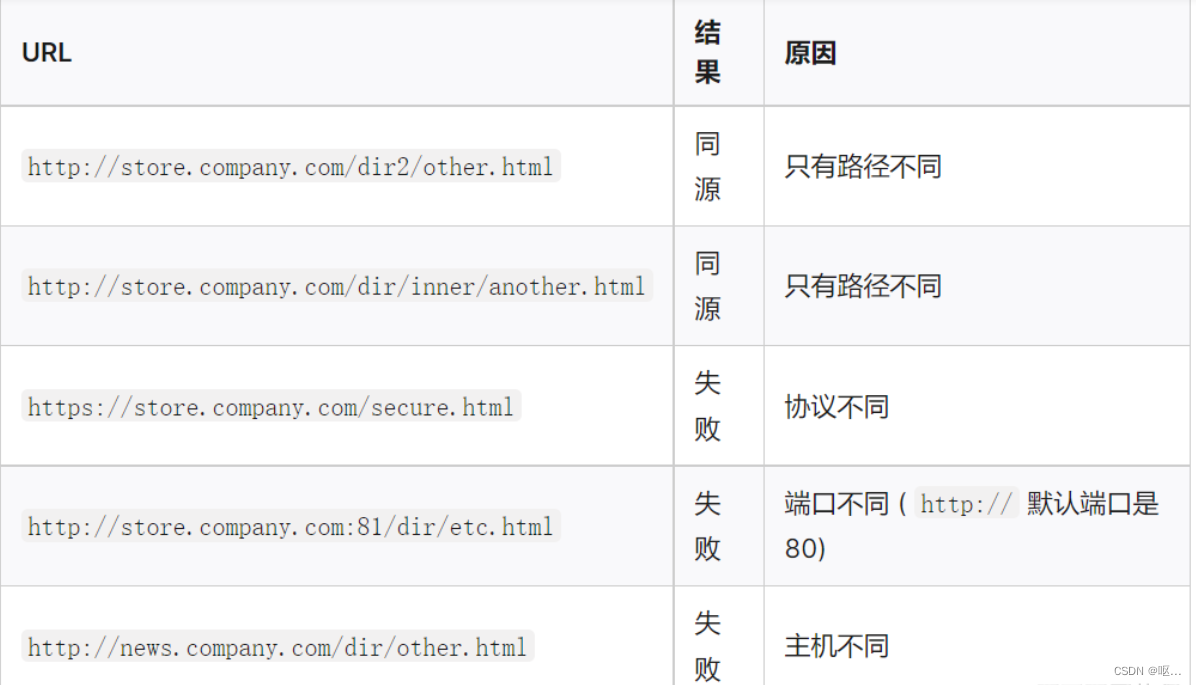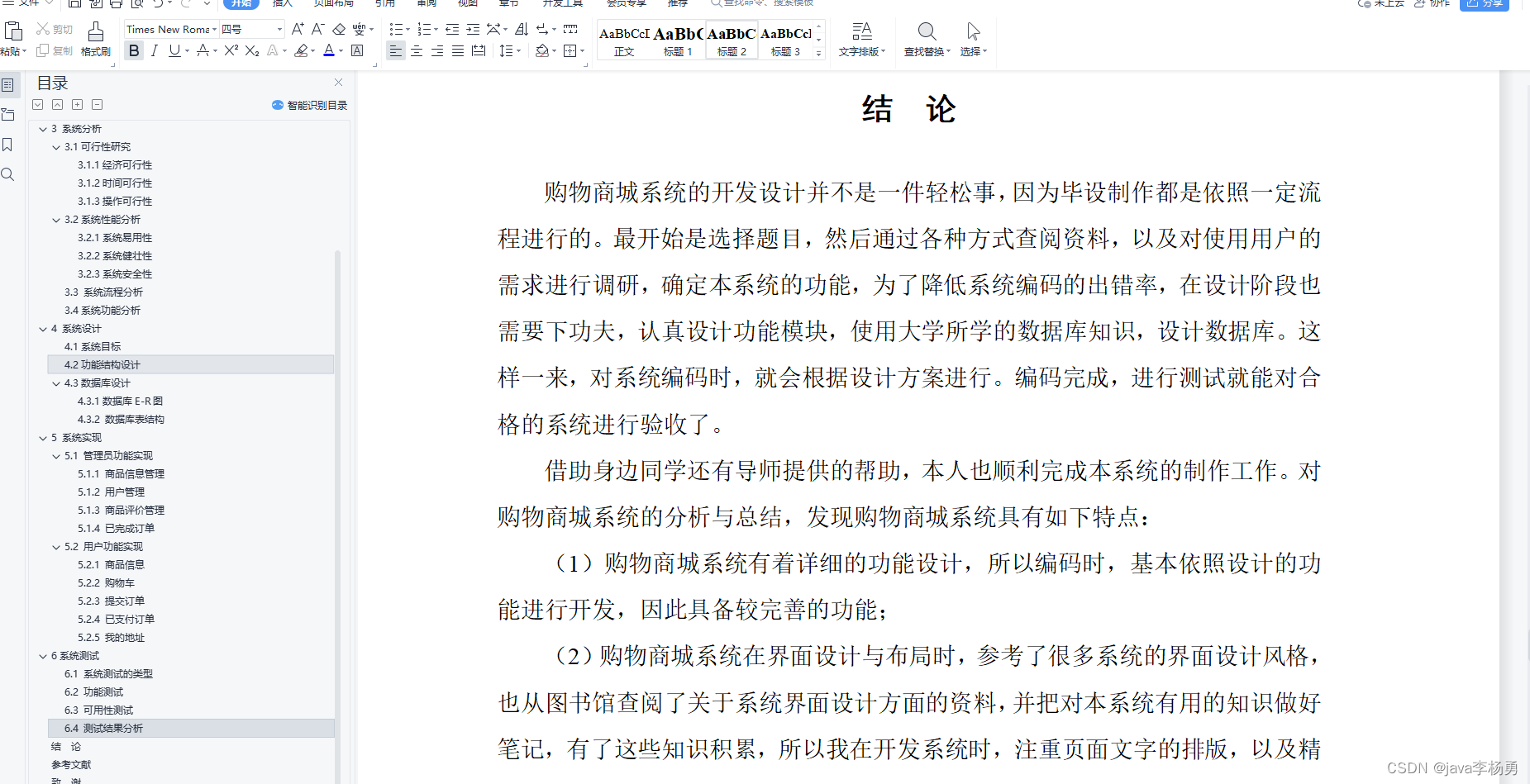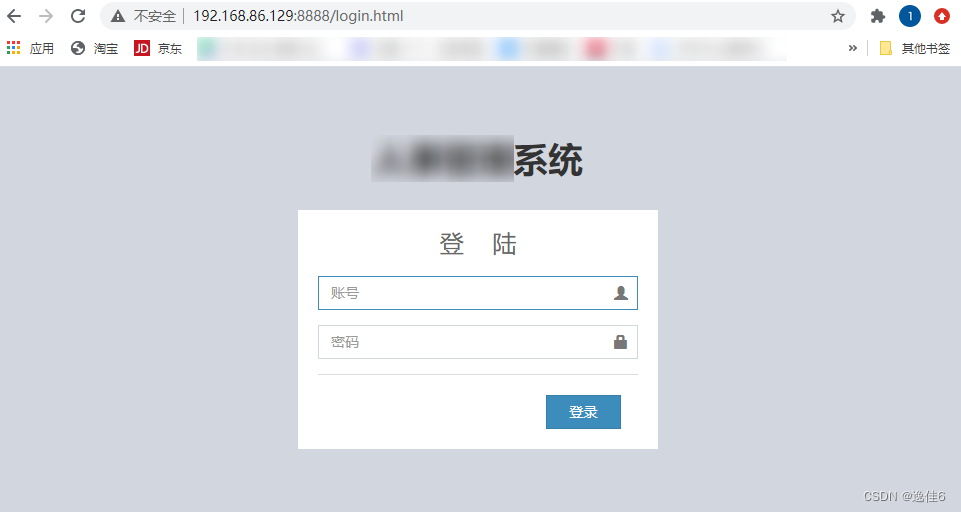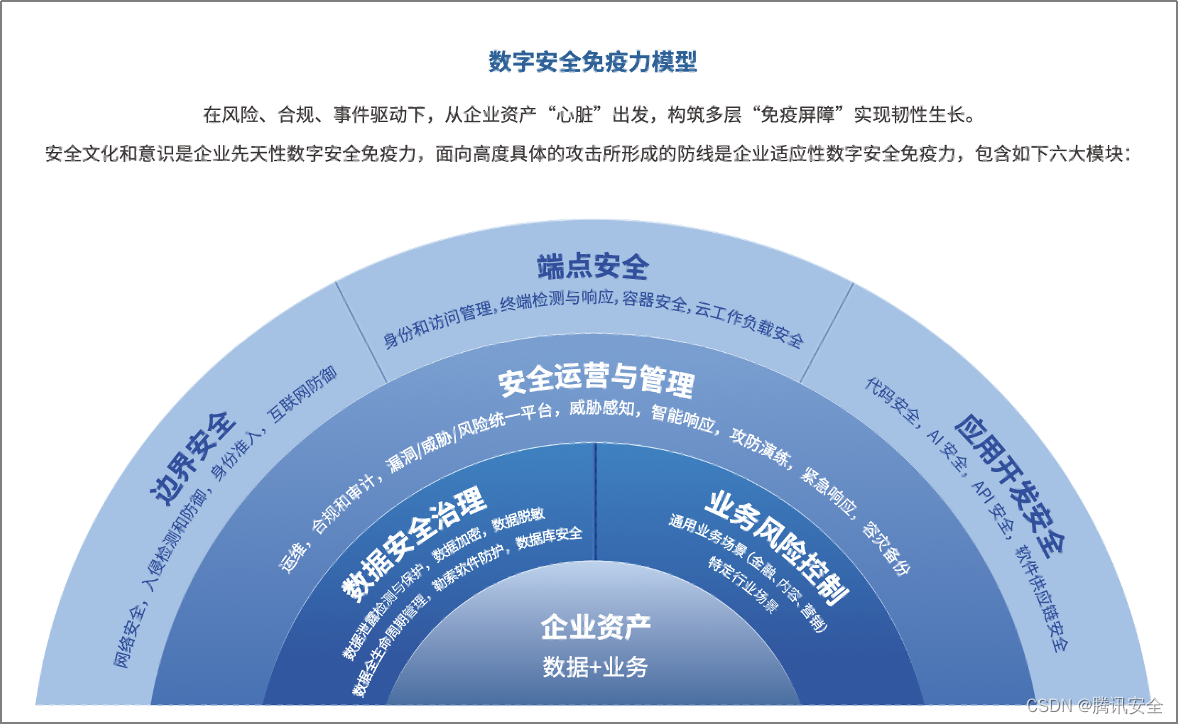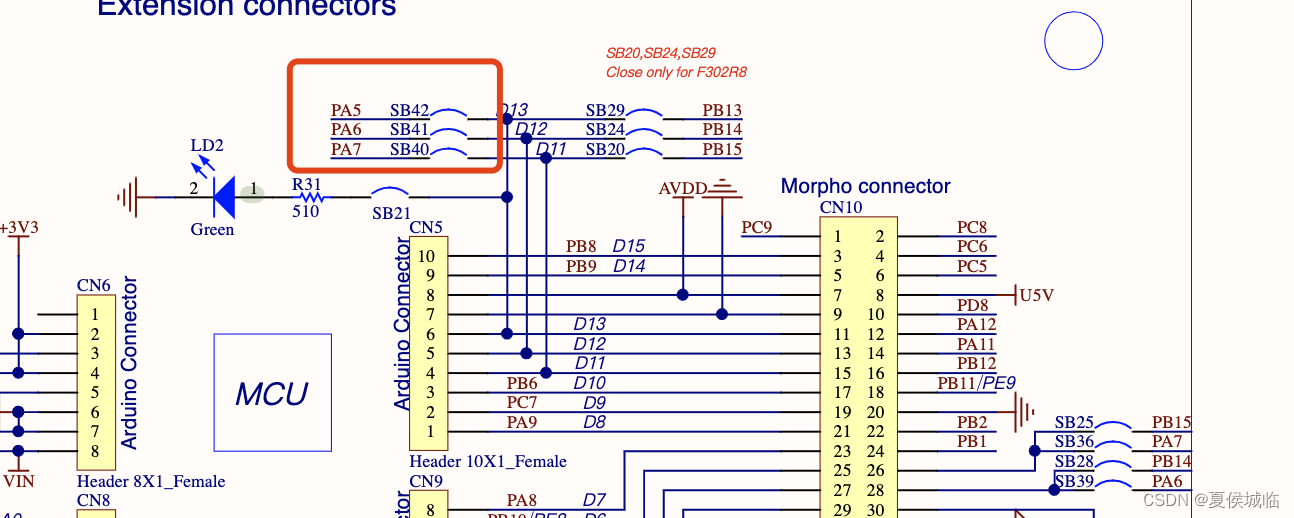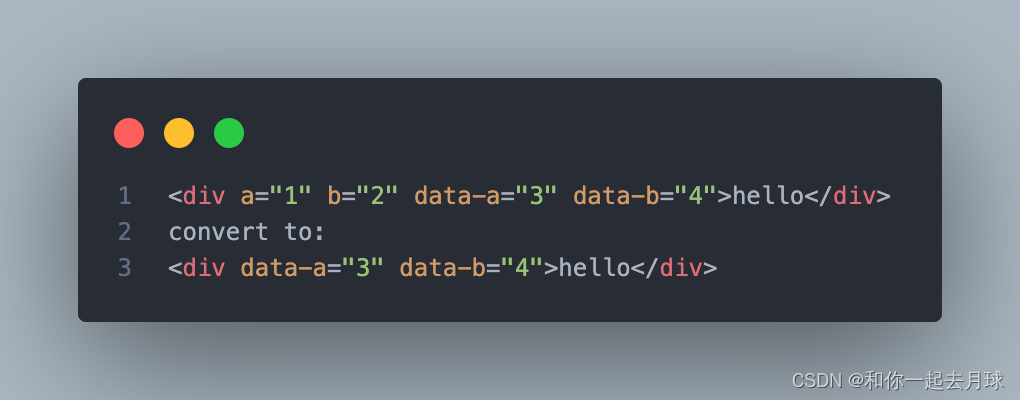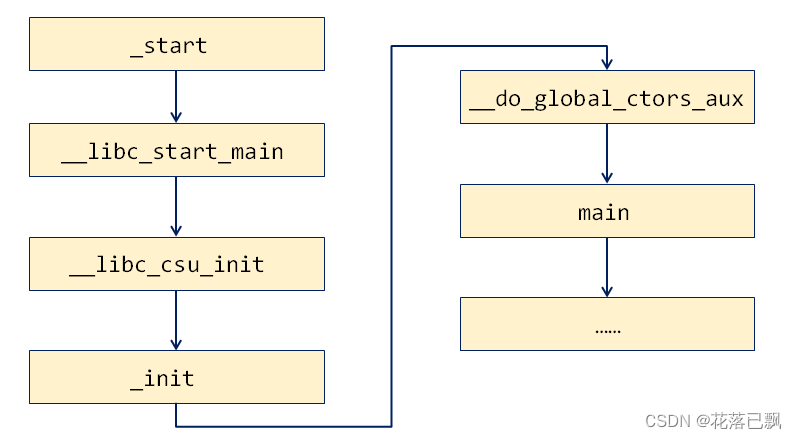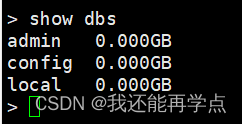一、分组选择器
在样式表中有很多具有相同样式的元素
h1 {
color:green;
}
h2 {
color:green;
}
p {
color:green;
}为了尽量减少代码,你可以使用分组选择器。
每个选择器用逗号分隔。
在下面的例子中,我们对以上代码使用分组选择器:
<!DOCTYPE html>
<html>
<head>
<meta charset="utf-8">
<title>CSS基础学习-分组与嵌套选择器</title>
<style>
h1,h2,p
{
color:green;
}
</style>
</head>
<body>
<h1>Hello World!</h1>
<h2>Smaller heading!</h2>
<p>This is a paragraph.</p>
</body>
</html>备注:h1、h2与p标签字体颜色都是绿色, 为了尽量减少代码,可以使用分组选择器。
效果图:

二、嵌套选择器
它可能适用于选择器内部的选择器的样式。
在下面的例子设置了四个样式:
- p{ }: 为所有 p 元素指定一个样式。
- .marked{ }: 为所有 class="marked" 的元素指定一个样式。
- .marked p{ }: 为所有 class="marked" 元素内的 p 元素指定一个样式。
- p.marked{ }: 为所有 class="marked" 的 p 元素指定一个样式。
<!DOCTYPE html>
<html>
<head>
<meta charset="utf-8">
<title>CSS基础学习-嵌套选择器</title>
<style>
p
{
color:blue;
text-align:center;
}
.marked
{
background-color:red;
}
.marked p
{
color:white;
}
p.marked{
text-decoration:underline;
}
</style>
</head>
<body>
<p>这个段落是蓝色文本,居中对齐。</p>
<div class="marked">
<p>这个段落不是蓝色文本。</p>
</div>
<p>所有 class="marked"元素内的 p 元素指定一个样式,但有不同的文本颜色。</p>
<p class="marked">带下划线的 p 段落。</p>
</body>
</html>效果图:

